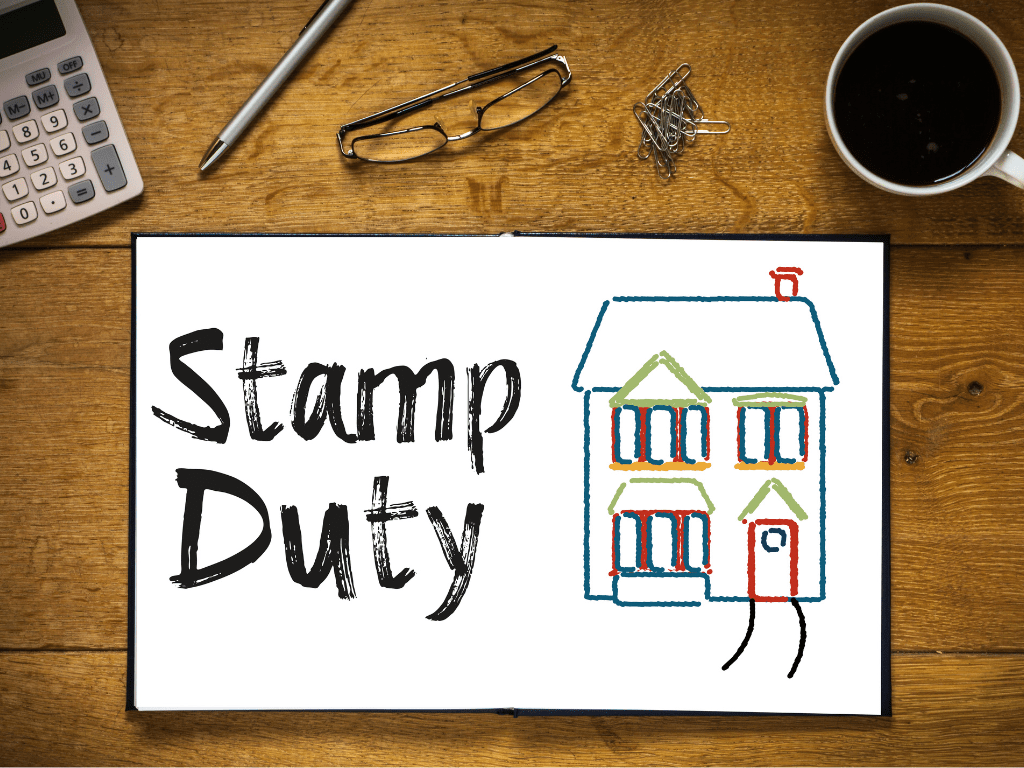
In simple words, stamp duty is the tax that is levied on the legal recognition of certain documents. These documents can be related to the transfer of property, such as deeds, contracts, and leases. Stamp duty ensures that legal documents are properly executed and they also provide revenue for the government.
Stamp Duty in Real Estate
When buying or selling property, a lot of legal steps are to be made like searching the property for or surveying the property. Other legal steps include the transfer of legal documents such as contracts, leases, or deeds. These documents must be properly executed and recorded in order to ensure that the transaction is valid. So stamp duty ensures that the entire transaction of buying and selling the property is valid.
Stamp Duty can be used as an instrument to regulate the property market by making it hard and costly for investors to buy and sell the property quickly. Thus reducing the chances of any property bubbles. Property bubbles are rapid increase in land prices such that they reach unsustainable levels. Stamp duty can also help reduce tax evasions by providing clear and traceable records of property transactions. This can help decrease the chances of someone trying to cheat the system.
The other reason stamp duty exists is to provide revenue to the government. Stamp duty is a tax that is charged on property transfers and other types of legal documents. When a property is sold, the buyer has to pay stamp duty on the sale. This revenue is collected by the government and used to fund public services and infrastructures. This can include funding for amenities such as healthcare, education, transportation, and many more.
How to Calculate Stamp Duty Tax?
Stamp Duty tax is calculated based on the value of the property being transferred and the prevailing stamp duty rates in the relevant jurisdiction. Stamp Duty tax rates differ from region to region. Here are the general steps to calculate Stamp Duty Tax:
Determine the value of the property: This may involve getting a valuation from a qualified professional or using an estimate based on recent sales of similar properties in the area.
Check the stamp duty rates: Stamp duty rates can vary depending on the location and the type of property being transferred. It’s important to check the current stamp duty rates in the relevant jurisdiction.
Calculate the stamp duty payable: Once you have determined the value of the property and the applicable stamp duty rates, you can calculate the stamp duty payable. This may involve applying a progressive rate of tax, where the tax rate increases as the value of the property increases, or a flat rate of tax, where the tax rate is the same regardless of the value of the property.
Submit payment: Once you have calculated the stamp duty payable, you will need to submit payment to the relevant government agency or authority. This may involve completing a stamp duty return or other documentation.
It’s important to note that stamp duty rates and calculation methods can change over time, so it’s a good idea to check with the relevant government agency or a qualified professional for the most up-to-date information.
Stamp Duty Rates In Pune
To check stamp duty rates in Pune you can go to government website. Or read this pdf.
Factors that affect Stamp Duty Rates
The factors that affect stamp duty rates vary from region to region and type of property being transferred. Never the less, here are some common factors affecting Stamp Duty Rates:
Property Value: In most areas, stamp duty rates are dependent on the value of the properrty that is being transferred. The higher the worth of the property, the higher will be the stamp duty rate.
Property Type: Different type of properties have different types of stamp duty rates like for example, commercial properties are charged with higher stamp duty rates than residential properties.
Location: Stamp duty rates can vary depending on the location of the property being transferred because different locations have different stamp duty rates.
Buyer type: In some cases, stamp duty rates may vary depending on the type of buyer involved in the transaction like for example, first-time homebuyers or buyers purchasing a property as their primary residence may be eligible for lower stamp duty rates.
Government policy: Stamp duty rates can be varied by government policies aimed at regulating the property market, such as policies taken to prevent property bubbles or encourage investment in certain areas.
Economic conditions: Stamp duty rates may get changed in response to changing economic conditions, such as changes in interest rates or fluctuations in the housing market.
It’s important to note that these factors can differ depending on the jurisdiction, and that stamp duty rates can change over time. It’s always a good habit to check with the relevant government agency or a qualified expert for the most up-to-date information on stamp duty rates and the factors that may affect them.



